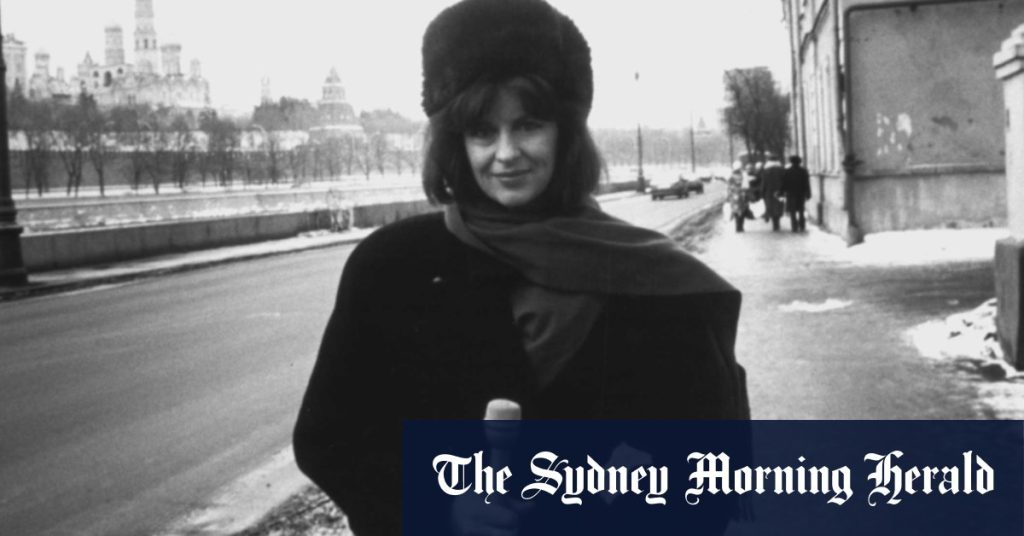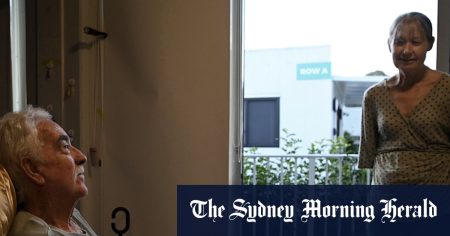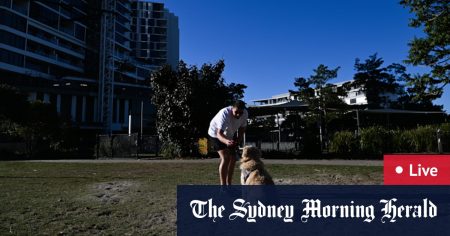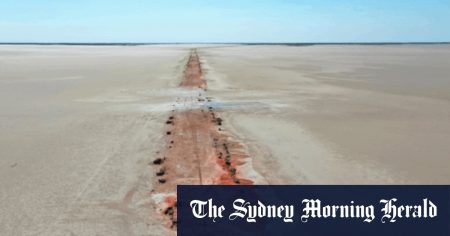The call arrived in late November or early December 1991, offering a mere four Russian lessons before deployment. This marked the beginning of an intense and exhilarating chapter in my professional life: a posting to Moscow as a television correspondent for ABC, joining esteemed radio colleague Monica Attard. The weeks leading up to departure were a whirlwind of summer activities in Sydney: beach trips, ocean swims, barbecues, family gatherings, and farewells, all punctuated by the insistent drone of cicadas. The festive season brought the practical challenge of assembling a suitable wardrobe. My existing clothing was ill-suited to a Russian winter, and finding winter gear in Sydney’s summer sales proved difficult in the pre-online shopping era. A valuable piece of advice from my predecessor, John Lombard, led me to Helsinki for a layover, where I acquired a Finnish down coat, renowned for its warmth and resilience. This coat became an indispensable companion throughout my time in Russia, serving as both outerwear and a source of warmth during cold nights in sparsely furnished accommodations across the former USSR.
Arriving in Moscow in early 1992, armed with rudimentary Russian, I encountered a world brimming with optimism regarding Russia’s future. The Soviet Union had recently dissolved, and Boris Yeltsin, the Russian president who had successfully resisted a coup attempt, enjoyed immense popularity both domestically and internationally. The West believed that rapid economic reforms would seamlessly integrate Russia into the global community, and that long-standing ethnic and minority tensions within the former Soviet empire would magically vanish. This optimistic outlook, however, was soon shattered by the harsh realities on the ground.
Within two years, the situation had drastically deteriorated. Yeltsin ordered the army to shell the Russian parliament to suppress a rebellion led by an improbable coalition of communists and ultra-nationalists. These rebels channeled the discontent of a significant portion of the population, who had experienced greater hardship and resentment under the chaotic post-Soviet regime than under the previous Soviet leadership. Like a persistent bushfire reigniting from its own embers, old tensions within the former USSR flared up, leading to conflicts in Tajikistan, Afghanistan, Abkhazia, Georgia, Moldova, and the initial rumblings of trouble between Ukraine and Moscow. The swift and complete implosion of the initial optimistic vision of Russia’s future was a stark reminder of the complexities of political and social transformation.
The period following the collapse of the Soviet Union was marked by a pervasive sense of uncertainty and volatility. The rapid shift from a centrally planned economy to a market-based system created significant economic hardship for many Russians. Privatization, intended to promote efficiency and competition, often resulted in widespread corruption and the emergence of powerful oligarchs who acquired vast wealth at the expense of the general population. This economic instability fueled social unrest and contributed to the rise of nationalist and communist factions who exploited popular discontent to challenge Yeltsin’s leadership. The simmering ethnic and regional tensions within the former Soviet empire, suppressed for decades under communist rule, resurfaced with renewed vigor, leading to violent conflicts in several regions.
My experience as a foreign correspondent during this tumultuous period was both challenging and profoundly insightful. Witnessing firsthand the collapse of a superpower, the struggles of a nation grappling with rapid transformation, and the resurgence of long-suppressed conflicts provided a unique perspective on the complexities of global politics and the human cost of political and economic upheaval. The constant threat of violence, the pervasive atmosphere of uncertainty, and the daily struggle to navigate a rapidly changing environment demanded resilience, adaptability, and a deep commitment to reporting the truth.
The assignment in Moscow was a formative experience, shaping my understanding of the world and reinforcing the importance of independent journalism in holding power accountable and giving voice to the voiceless. The memories of those years, while often challenging, remain vivid and continue to inform my perspective on global events. The Finnish coat, a symbol of resilience and adaptability, serves as a tangible reminder of the challenges faced and overcome during that extraordinary time. It stands as a testament to the enduring power of human spirit in the face of adversity and the unwavering pursuit of truth in a world often shrouded in uncertainty.










